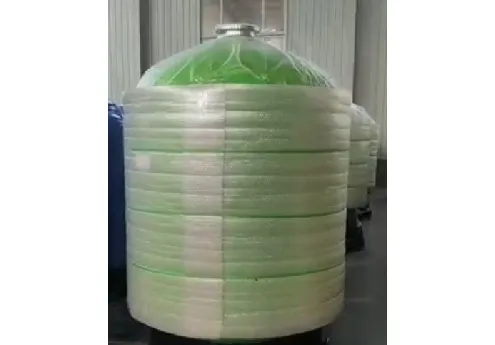loading...
- No. 9, Xingyuan South Street, Dongwaihuan Road, Zaoqiang County, Hengshui, Hebei, China
- admin@zjcomposites.com
- +86 15097380338
- Welcome to visit our website!
Guide to Installing FRP Grating for Optimal Performance and Durability
Installation of FRP Grating A Comprehensive Guide
Fiber Reinforced Plastic (FRP) grating is becoming increasingly popular in various industries due to its durability, lightweight properties, and resistance to corrosion. Commonly used in chemical plants, water treatment facilities, and in the construction of bridges and walkways, FRP grating provides an effective alternative to traditional materials like steel or wood. This article outlines the essential steps and considerations for the successful installation of FRP grating.
Understanding FRP Grating
Before diving into the installation process, it is essential to understand what FRP grating is. FRP is composed of a polymer matrix reinforced with fiberglass, which provides exceptional structural properties. The grating panels are designed with a series of interconnected bars, resulting in a lightweight yet robust structure that can withstand harsh environments.
Pre-Installation Considerations
1. Site Assessment Before installation begins, conduct a comprehensive assessment of the site. Consider factors such as environmental conditions, load requirements, and dimensions of the grating area. Understanding these aspects ensures that the selected FRP grating meets the specific needs of the application.
2. Design Requirements Collaborate with engineers or architects to determine design specifications. FRP grating comes in various styles and sizes, so it is crucial to select the right type for your installation. Load capacity, slip resistance, and chemical compatibility should all be taken into account.
3. Materials and Tools Gather all necessary materials and tools before starting the installation. This may include FRP grating panels, support beams, anchoring devices, adhesive, and personal protective equipment (PPE) such as gloves and safety glasses.
Installation Steps
1. Preparation of the Substrate Ensure that the substrate where the grating will be anchored is clean, level, and free from any debris. If the substrate is uneven or damaged, make necessary repairs to prevent future issues with the grating’s stability.
frp grating installation

2. Cutting the Grating If custom sizes are required, measure and mark the FRP panels accurately. Use a circular saw equipped with a fine-tooth blade for cutting. Always wear appropriate safety gear during this process. After cutting, smooth the edges to eliminate sharp corners that could pose a safety hazard.
3. Laying Out the Grating Before final installation, lay out the panels in their designated positions. This will help to visualize the installation and make any necessary adjustments before securing them.
4. Anchoring Once you're satisfied with the layout, it is time to anchor the grating. Depending on your design, you may use a combination of mechanical and adhesive anchors to secure the grating to the substrate. Make sure to follow the manufacturer's guidelines regarding spacing and installation techniques.
5. Sealing Joints If the installation involves connecting multiple panels, seal the joints with a compatible adhesive to prevent water infiltration and enhance stability. This is especially important in environments where chemicals may be present.
6. Final Inspection After installation, conduct a thorough inspection to ensure that all panels are secure and free from defects. Check for any uneven surfaces or sharp edges that could pose safety risks to individuals who will be using the grating.
Post-Installation Maintenance
Once the FRP grating is installed, it is essential to establish a maintenance program. Regular inspections should be conducted to check for signs of wear, damage, or corrosion. Cleaning the grating periodically will also prolong its lifespan, especially in environments prone to collecting debris or chemical spills.
Conclusion
The installation of FRP grating can significantly enhance the safety and functionality of walkways, platforms, and various structures in industrial settings. By following the proper steps and considerations outlined in this guide, you can ensure a successful installation process. With its numerous advantages, including resistance to harsh environmental conditions and lightweight nature, FRP grating is an excellent investment for any project requiring durable and reliable flooring solutions. Proper planning, execution, and maintenance will help maximize its longevity, providing you with reliable service for years to come.
-
The Rise of FRP Profiles: Strong, Lightweight, and Built to LastNewsJul.14,2025
-
SMC Panel Tanks: A Modern Water Storage Solution for All EnvironmentsNewsJul.14,2025
-
GRP Grating: A Modern Solution for Safe and Durable Access SystemsNewsJul.14,2025
-
Galvanized Steel Water Tanks: Durable, Reliable, and Ready for UseNewsJul.14,2025
-
FRP Mini Mesh Grating: The Safer, Smarter Flooring SolutionNewsJul.14,2025
-
Exploring FRP Vessels: Durable Solutions for Modern Fluid HandlingNewsJul.14,2025
-
GRP Structures: The Future of Lightweight, High-Performance EngineeringNewsJun.20,2025
